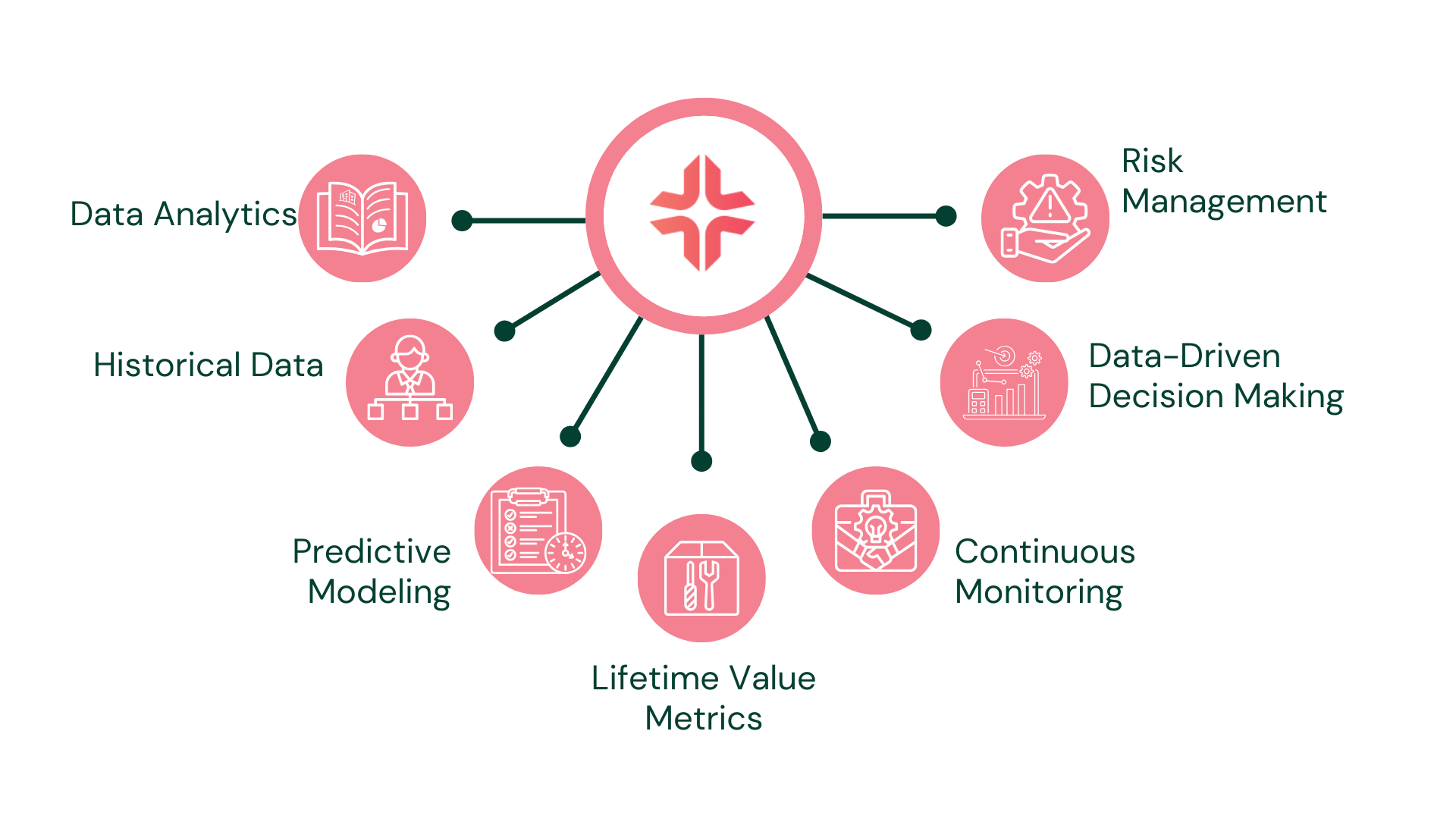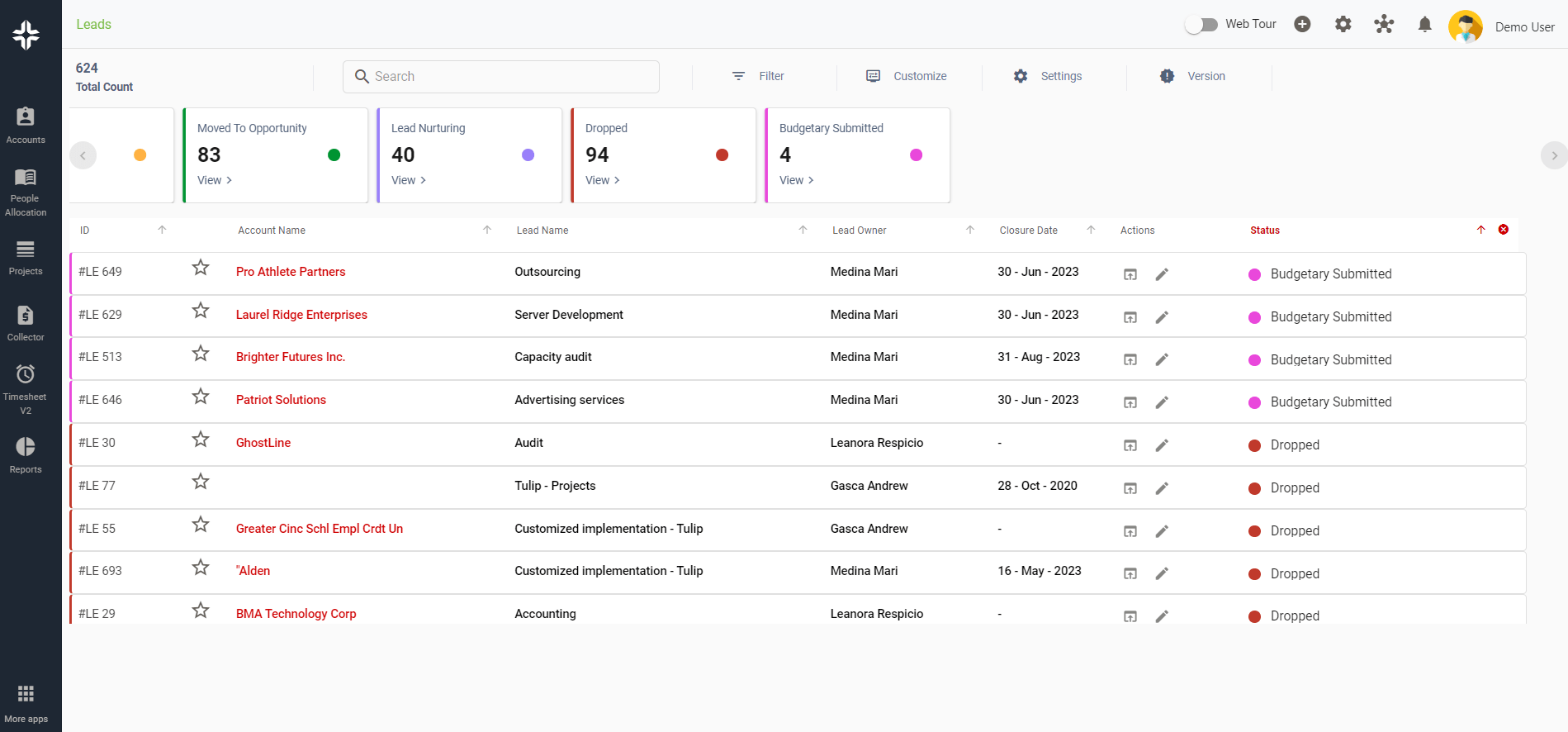Home » PSApedia
Customer Lifetime Value
Unlock Business Growth and harness the Power of Customer Lifetime Value (CLV).

What Is Customer Lifetime Value (CLTV)?
CLTV is the total profit a company expects to make from one customer during their relationship. It’s an estimation of the monetary worth of a customer over the long haul.
Understanding CLTV means getting a pulse on how valuable a customer could potentially be, and how much a company should be willing to spend on customer acquisition and retention efforts.
Why Is CLTV So Important?
CLTV is not just another metric; it’s the cornerstone of growth. Knowing the value a customer brings over their lifetime can transform the way businesses approach marketing, sales, and even product development. Some reasons for its significance include:
Forecasting Revenue: Companies can predict future revenue more accurately.
Allocating Resources: Helps in making informed decisions about how much to invest in acquiring new customers versus retaining existing ones. For instance, a deep dive into resource allocation can provide insights on where to place emphasis.
Personalizing Marketing Efforts: Enables businesses to tailor marketing campaigns effectively.

Why is CLTV so important?
How to Calculate CLTV with Formula and Example
CLTV = (Average Purchase Value x Purchase Frequency) x Average Customer Lifespan
For example, if a customer, on average, spends $50 every month and remains loyal for 3 years, the CLTV would be:
CLTV = ($50 x 12) x 3 = $1800
Differences Between CLTV and LTV
For businesses, understanding these differences is crucial, especially when evaluating tools like deal management software, which often impact both metrics.
| Aspect | Customer Lifetime Value (CLTV) | Lifetime Value (LTV) |
|---|---|---|
| Focus | CLTV focuses on individual customer analysis, estimating the value of each unique customer. | LTV focuses on an aggregate or average value calculated for the entire customer base. |
| Calculation Complexity | Calculating CLTV can be more complex as it involves analyzing customer behavior, purchase history, and predicting individual customer future transactions. | Calculating LTV is relatively simpler, as it involves analyzing overall customer revenue and dividing it by the total number of customers. |
| Granularity | CLTV provides a more granular view of customer value, allowing for specific actions and strategies for individual customers. | LTV provides a broad, company-wide perspective, which is useful for strategic decision-making. |
| Time Frame | CLTV predictions may span different time frames based on individual customer behavior and relationships. | LTV calculations typically involve a fixed time frame (e.g., annual or lifetime) for all customers. |
| Precision | CLTV aims to provide a more precise estimation of the value of each customer, which can vary significantly between customers. | LTV offers a general estimate and is less precise at the individual level. |
Leveraging CLTV in Business Strategies
Leveraging Customer Lifetime Value (CLTV) is pivotal for businesses seeking to maximize ROI. Companies can better customize their marketing, service, and retention strategies by knowing how much money a customer can bring over time. This method improves SEO by targeting important audiences and makes sure that messages are easy to understand for the right people. In a world crowded with choices, CLTV offers businesses a sharper focus on sustainable growth. Recognizing the potential value a customer offers can greatly influence a company’s strategies:
- Product Development: CLTV can guide product updates, ensuring they align with customer needs.
- Marketing Campaigns: By understanding which customers yield the highest CLTV, companies can design targeted marketing efforts.
- Customer Support: Investing in top-notch ticket management software ensures that high CLTV customers receive the support they deserve.
CLTV and Financial Management: A Deep Dive
Understanding this value is essential for determining how much is prudent to invest in acquiring new clients and nurturing existing ones. Businesses prioritize CLTV to achieve sustainable growth and maximize ROI by using financial resources effectively. In a nutshell, CLTV is more than just a figure; it’s a strategic compass guiding financial decisions.
To fully grasp the financial implications of CLTV, companies must integrate this metric into their broader financial strategies. For instance, with a clear picture of CLTV, businesses can streamline their financial processes, just as KEBS automates the order-to-cash process.
Moreover, by combining insights from CLTV with tools like finance management software, companies can optimize pricing strategies, allocate resources more efficiently, and more.
Ready to Maximize Your CLTV with KEBS?
To truly capitalize on CLTV, consider integrating a comprehensive solution like KEBS. With KEBS, you can streamline various processes, from project management to financial analytics, ensuring that you’re not just identifying your most valuable customers but also serving them effectively.
Ready to transform your business metrics? Take a quick demo to see how KEBS can elevate your CLTV strategies!

KEBS Deal Management
Book a Demo Today!



